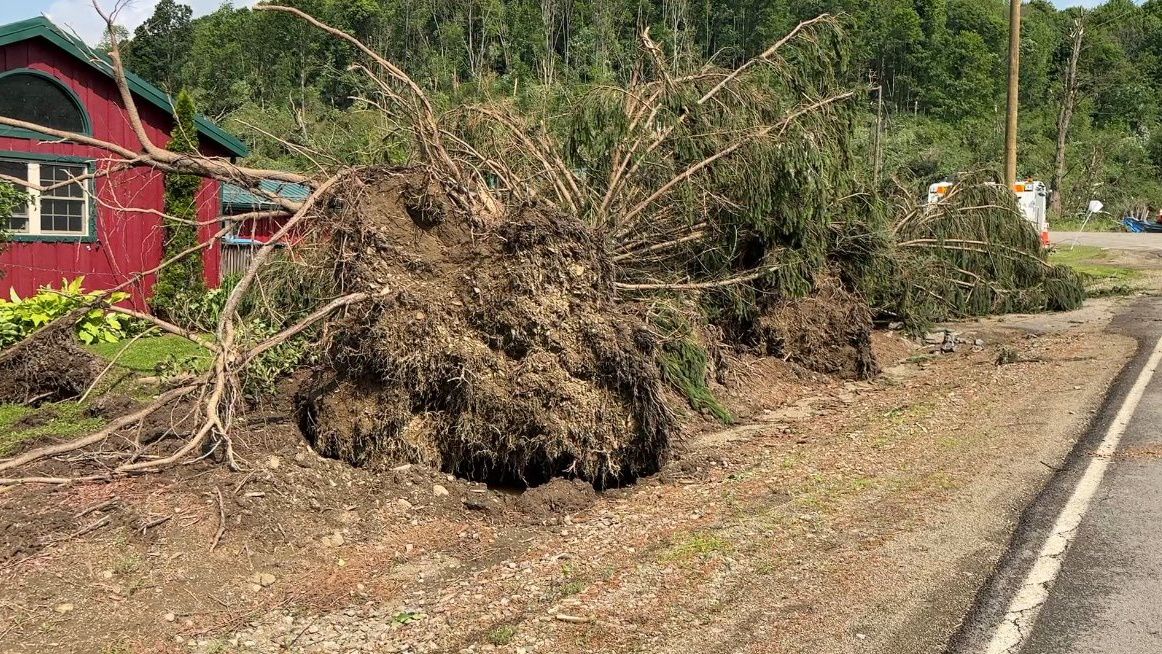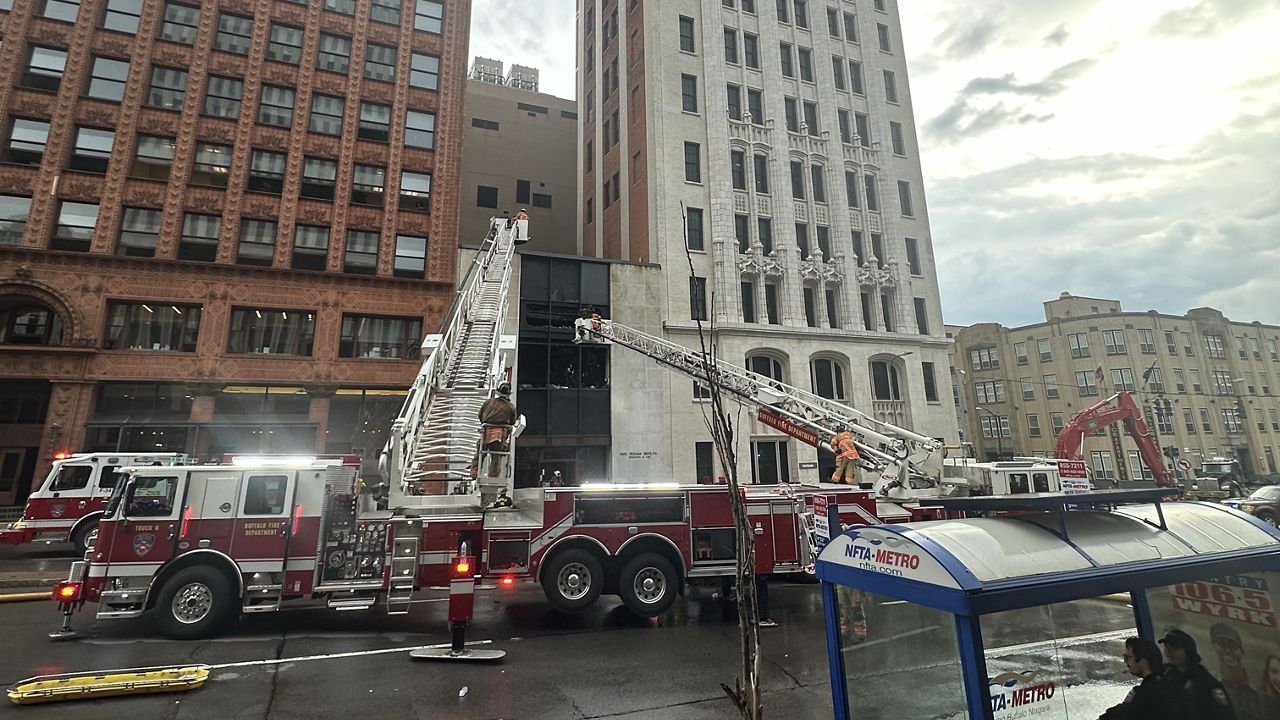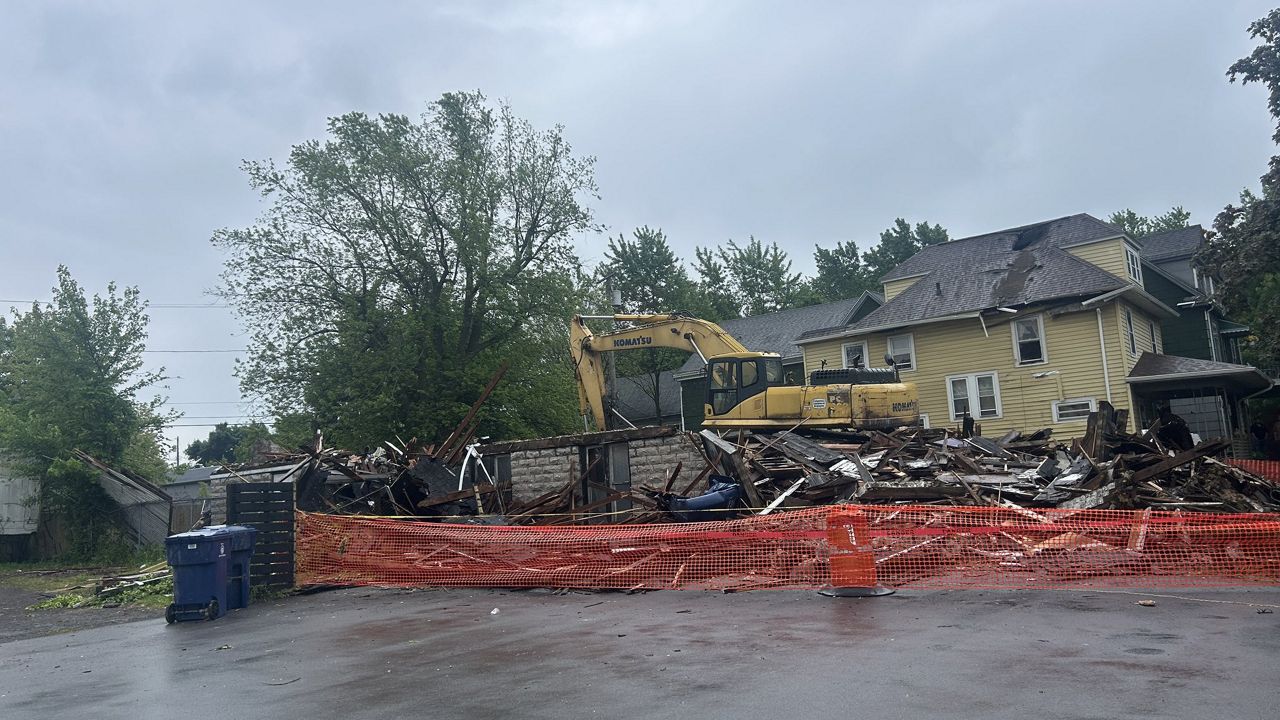Union formation, participation and association are at the heart of a fair share of industries across New York state.
"It's job protection for people who deserve to be protected," said Scott Shugarts, CSEA union president.
Shugarts represents scores of workers for Erie County, but is in the know when it comes to issues well past Western New York.
“Across the country, there are less unionized workers than there were before, that doesn't mean there should be, as most of us have seen the first unionized Starbucks was here in Buffalo,” he said.
The city of good neighbors became an example of the modern labor movement — something the almost 300 unionized coffee shops are still fighting to protect and expand.
Stores across the country are reaching out to union reps like Michelle Eisen.
“Same problems you were talking about at your store are happening here,” said Michelle Eisen, barista and union member at Starbucks. “They are there. These have been happening for years. They've been happening throughout the company and we want to unionize and try to, you know, work together to make things better.”
Baristas and more non-traditional unionized fields are taking the torch and demanding better pay and benefits.
“Whether you're inside a facility or outside of facility, your right to vote. So your right to collectively bargain. Your right to organize,” peter dejesus jr., president, Western New York Labor Federation AFL-CIO. “It's all politically woven, so we have to be at the forefront of it.
DeJesus Jr. doesn't mind getting into uncomfortable conversations — and he wants other people to be OK with that, too.
“The labor movement was at the forefront of civil rights,” he said. “I think at our best as a movement is when we took on the issues that weren't necessarily part of a collective bargaining agreement, but were part of a greater fabric.”
This is part of what led 1199SEIU Vice President Grace Bogdanove to be as active with her union and beyond.
“That can be something like affordable housing, right?” Bogdanove said. “That could be food scarcity and neighborhoods. That can be, you know, quality child care, access to child care. So all of these things actually do impact our members and they think about these things when they're at work.”
While most people who have no direct ties to a union see the headlines and strikes on the local news, representatives from these unions can't stress enough that the work being done behind the scenes months and years beforehand are just as intense.
“To ask workers to go without pay when many of them live and work paycheck to paycheck already is a huge sacrifice,” said Bogdanove.
Long story short: unions are a benchmark for the struggles and advancements in today's workplace, but ask a local rep and that's the tip of the iceberg.
“There are my friends who are part of the union that works at Starbucks. There are my neighbors who are part of the union that build Ford cars. There are athletes who are part of the union that help lift up the entire psyche, the entire morale of our community,” said Shugarts. “There are not those union people. It's the people around us the people that we care the most about who are in the union.”








